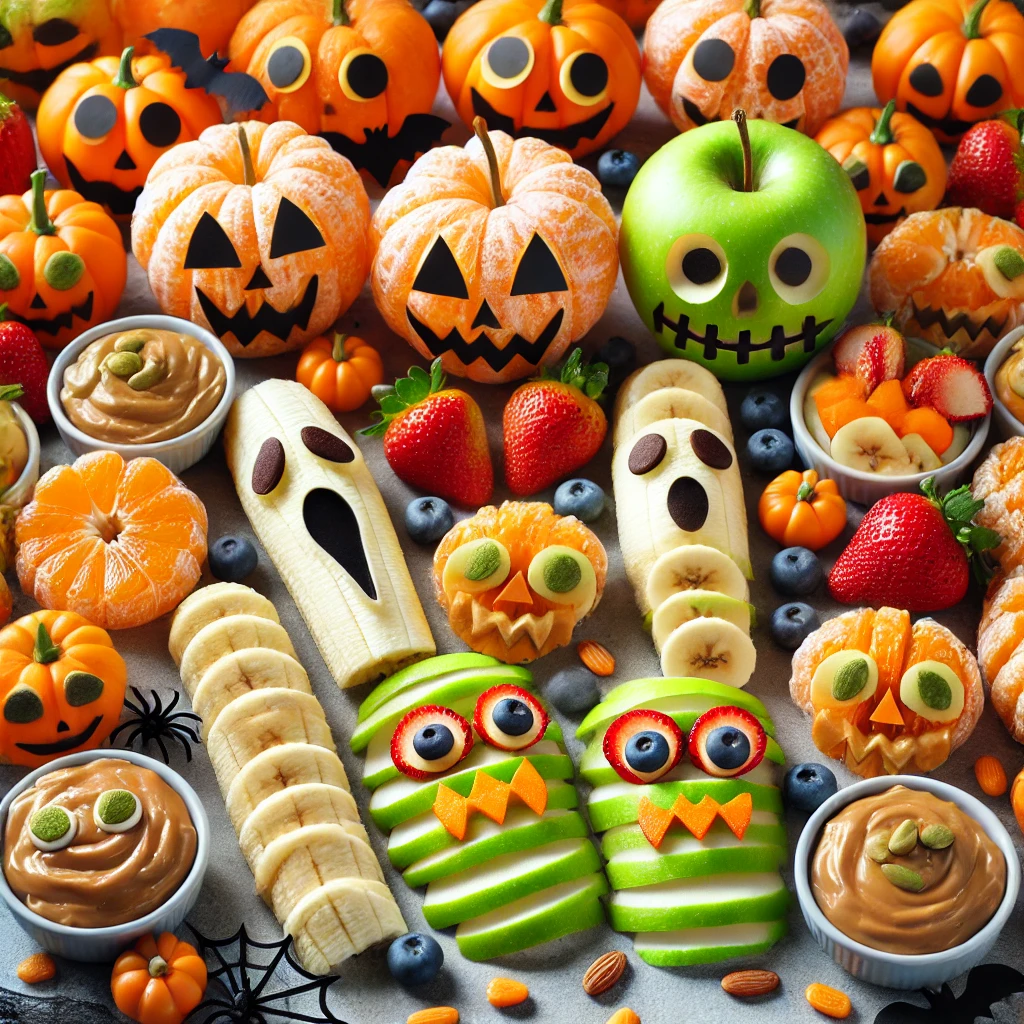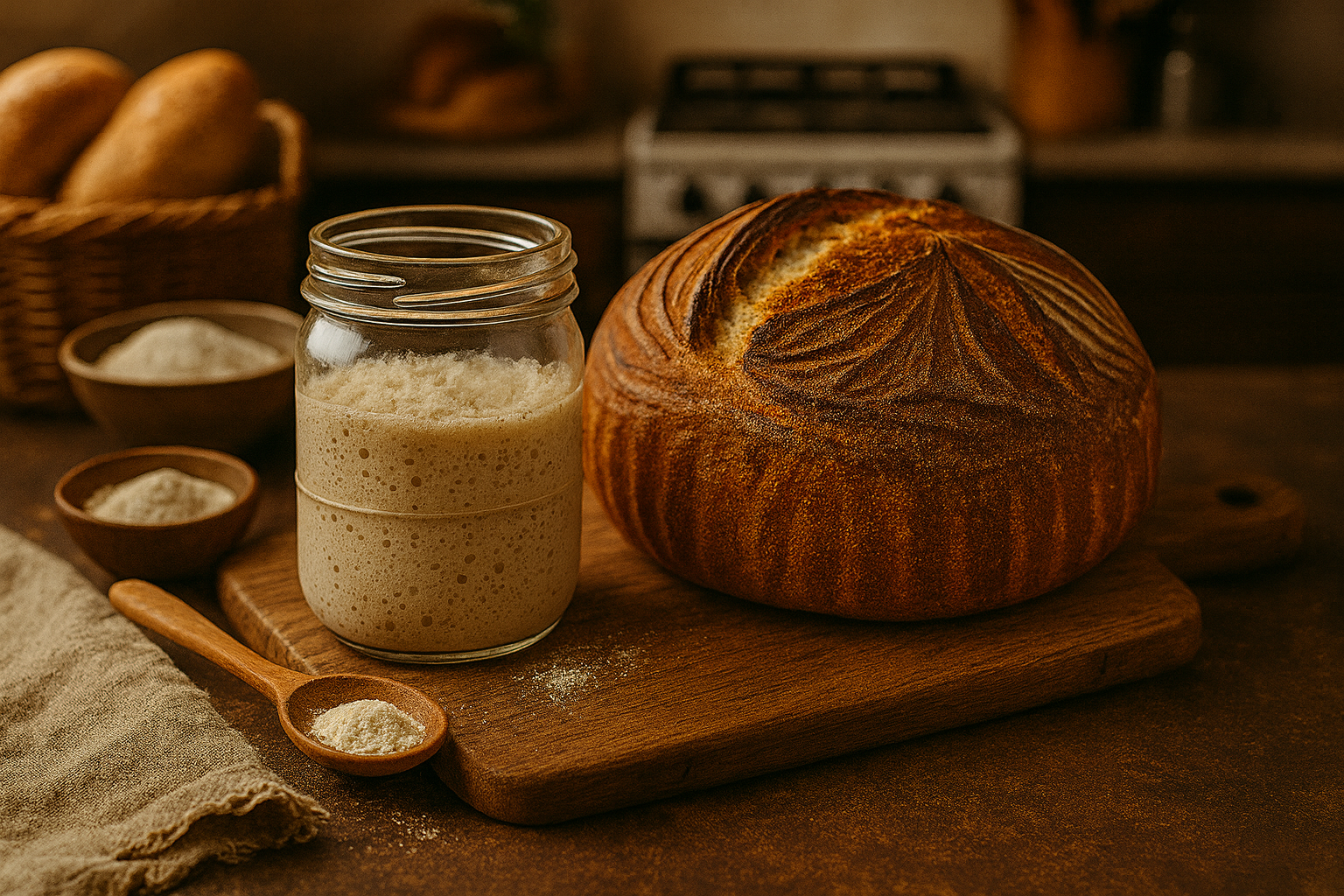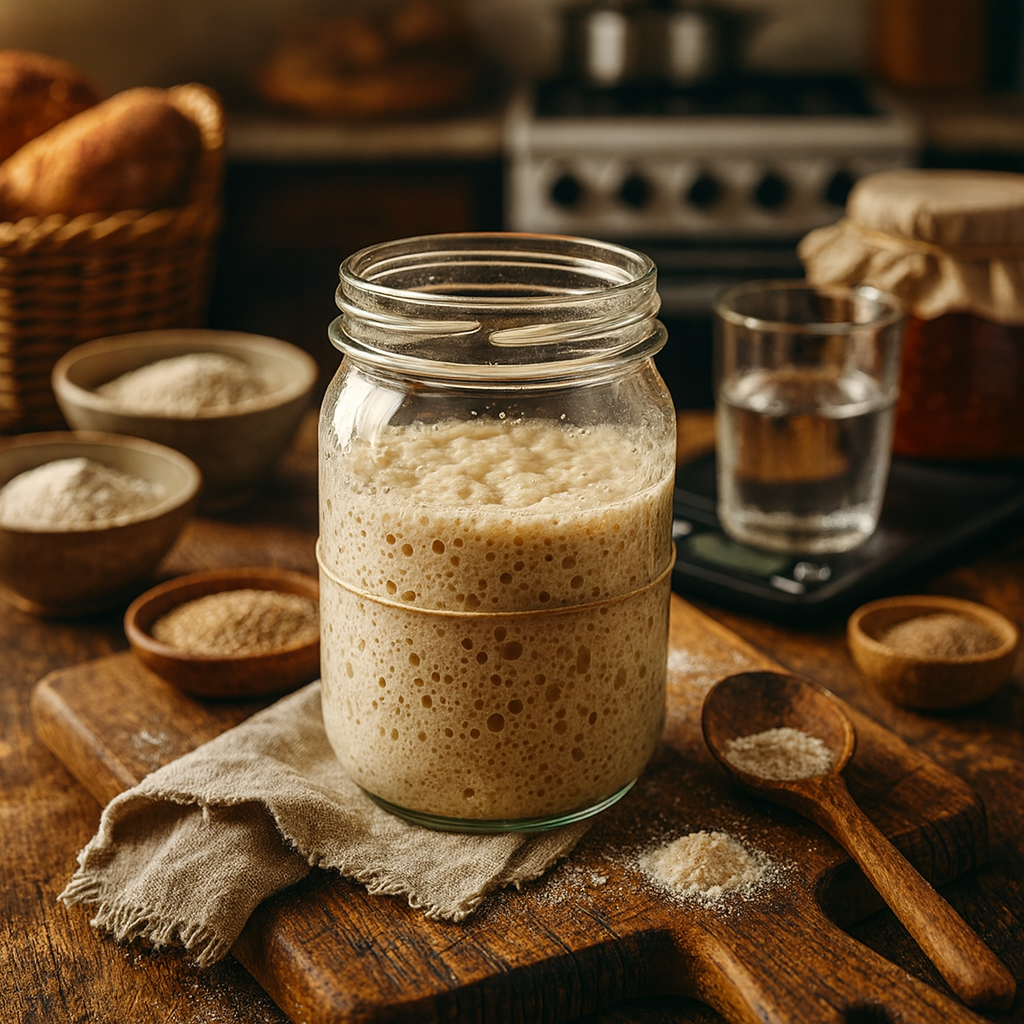Table of Contents
Introduction: The Need for Healthier Halloween Treats
As Halloween approaches, excitement fills the air with children eagerly anticipating the annual tradition of trick-or-treating. However, amid the festivity lies a growing concern regarding the excessive sugar consumption prevalent during this season. Recent studies have highlighted that children consume more sugar than the daily recommended limit, particularly during celebrations like Halloween, which can lead to various health issues. With candy and sugar-laden snacks at the forefront, it’s essential for parents to reconsider the types of treats they provide.
Excessive sugar intake is linked to various health problems among children, including obesity, dental cavities, and even behavioral issues. Research indicates that diets high in sugar can contribute to hyperactivity and mood swings, undermining children’s ability to focus and learn. As parents become more aware of these health implications, the importance of offering healthier Halloween treats has become even more pressing. This not only supports children’s physical well-being but also educates them on making nutritious choices, even during holidays.
Fortunately, Halloween does not have to be synonymous with unhealthy snacking. There is a myriad of alternatives that offer sweetness without the harmful effects of refined sugars. Options such as dried fruit, yogurt-covered snacks, and homemade goodies made with natural sweeteners can be just as exciting for children. These healthier treats can not only satisfy sweet cravings but can also introduce children to a variety of flavors and textures. The key is to create an environment where children can still enjoy Halloween’s spirit, filled with creativity and fun, while promoting a healthier lifestyle.
Ultimately, the transition to healthier Halloween treats is a crucial step towards ensuring a balanced diet for children. By making informed choices, parents can deliver festive options that do not compromise on nutrition, helping to instill lifelong healthy eating habits while celebrating this enjoyable occasion.
Why Choose Healthy Treats for Halloween?
Halloween is often associated with an abundance of sugary snacks and candies, which can pose significant risks to children’s health. High sugar consumption during this festive season can lead to various immediate and long-term health issues. Excessive intake of sugar can contribute to weight gain, as it provides empty calories without essential nutrients. Moreover, the fluctuations in blood sugar levels may result in mood swings, irritability, and hyperactivity in children, making it challenging for parents to manage their behavior during and after the festivities.

Dental health is another critical area impacted by sugar-laden treats. The sugars in candies can lead to the development of cavities and tooth decay, necessitating dental visits that could have been avoided with healthier alternatives. Establishing healthier eating habits at a young age is paramount, as it sets the foundation for lifelong choices regarding nutrition and health. When children are introduced to healthier treats during Halloween, it fosters a more balanced approach to food that lasts well beyond the holiday.
Moreover, healthier alternatives can enhance the educational aspect of Halloween. Parents have an excellent opportunity to discuss nutrition with their children, illustrating how snacks can be both enjoyable and nourishing. By opting for treats such as fruit slices, yogurt-covered pretzels, or dark chocolate, caregivers can engage kids in a constructive dialogue about making healthier choices. This approach not only helps mitigate the risks associated with traditional Halloween sweets but also promotes a positive relationship with food.
By selecting healthier treats for Halloween, families can prioritize children’s overall well-being. The transition to smarter snacking doesn’t diminish the fun associated with the holiday; instead, it enriches it by promoting moderation and awareness around food choices. Ultimately, choosing nutritious treats sets a precedent for healthier festive celebrations in the future.
Fun and Festive Ideas for Healthy Halloween Treats
Halloween is a time for fun, festivities, and indulging in delicious treats. However, this doesn’t mean that kids have to load up on sugar-packed snacks. Here are some creative and nutritious alternatives that will delight children and satisfy their sweet cravings.
One popular option is to create ghost banana pops. Simply slice bananas in half and insert a popsicle stick into each piece. Dip them in yogurt, and then use dark chocolate chips to make eyes. This not only provides a source of fruit but also delivers a dose of protein from the yogurt, making it a wholesome treat.
For those who enjoy baking, consider making pumpkin-shaped whole-grain cookies. Oat flour and almond meal can be used to create a delicious dough that is both nutritious and fun to work with. Decorate with natural food coloring or use pureed pumpkin to give these cookies a festive, orange hue. They are a great way to incorporate healthy ingredients into a classic Halloween favorite.
Another delightful treat idea is creating “spooky” fruit skewers. Choose colorful fruits such as grapes, strawberries, and melon cubes, and thread them onto skewers. Add a few white chocolate-covered almonds for a ghostly appearance or use cookie cutters to shape fruit into Halloween characters. This colorful display will not only be visually appealing but will also offer essential vitamins for kids.
Homemade energy bites are yet another option that can be enjoyed without guilt. Combining rolled oats, nut butter, honey, and mix-ins like dried fruits or seeds, these no-bake treats pack a punch of nutrition, making them an ideal snack for young trick-or-treaters.
These fun and festive healthy Halloween treats provide an opportunity to get creative in the kitchen while ensuring kids have a delightful experience free from excessive sugar. With such options, parents can promote healthier eating habits during this festive season.
Fruit and Veggie-Based Treats: Nature’s Candy
The incorporation of fruits and vegetables into Halloween treats offers a nutritious alternative to traditional sugary snacks. By creatively presenting these natural foods, they can become visually appealing and enjoyable for children, encouraging healthier eating habits. Utilizing a mix of colors, textures, and shapes can transform ordinary fruits and vegetables into enticing treats.
One delightful option is a pumpkin-shaped fruit salad. This can be achieved by using orange melons, such as cantaloupe, coupled with a bit of green apple or kiwi for the pumpkin’s stem. Simply scoop the cantaloupe into small balls and place them in a bowl, creating a mound shaped like a pumpkin. Garnishing with the green slices gives an added visual effect, making this dish look festive and fun. To enhance the flavor, you can drizzle a little honey or a sprinkle of cinnamon on top.
Another fun treat is the creation of “veggie sticks with spooky dips.” To make this, slice a variety of colorful vegetables such as carrots, celery, and bell peppers into stick shapes, resembling spooky fingers. For a dip, consider making a yogurt-based dip with a hint of ranch seasoning or a creamy hummus, which can resemble ghostly faces when presented in the right manner. Adding eyes made from olives or sliced radishes can make the veggie sticks even more amusing, enticing kids to enjoy their snack while celebrating the Halloween spirit.
Moreover, baked sweet potato fries can serve as a healthy snack that appeals to a child’s taste for something crispy and slightly sweet. The natural sugars in sweet potatoes provide a healthier alternative to candy while offering vitamins and fibers beneficial for growing bodies. With these creative approaches, parents can promote healthier Halloween celebrations, ensuring that children enjoy delicious, nutritious, and visually delightful treats.
Healthy Baking: Recipes for Guilt-Free Halloween Snacks
This Halloween, parents can indulge their children’s sweet tooth without the guilt by opting for healthier baking recipes. Utilizing natural ingredients and wholesome alternatives, these delightful treats maintain the festive spirit while being kinder to children’s health. Below are a few creative ideas that are not only delicious but also encourage family bonding through the joy of baking.
One enjoyable recipe is **oatmeal cookies**. Begin by mixing rolled oats, mashed bananas, and a sprinkle of cinnamon in a bowl. For added flavor, incorporate dark chocolate chips or dried fruits like cranberries. These cookies offer a satisfying texture and sweetness without refined sugar. Baking together can be a fun way for kids to learn about measuring ingredients and the baking process.
Another fantastic option is **whole grain muffins**. Combine whole wheat flour with applesauce, eggs, and your choice of milk. Fold in grated carrots or zucchini to boost nutrition, and sweeten with honey or maple syrup. This recipe is versatile; parents can experiment by adding nuts or seeds for an extra crunch. Muffins make for a perfect on-the-go snack, keeping children energized during Halloween festivities.
Lastly, consider making **energy balls**, which are quick to prepare and packed with nutrients. Blend oats, nut butter, honey, and a mix of seeds or nuts in a food processor. Roll the mixture into bite-sized balls, then coat them in shredded coconut or cocoa powder for added appeal. These energy balls provide essential nutrients and are ideal for satisfying hunger between meals.
By integrating these healthier baking recipes into your Halloween festivities, parents can create memorable experiences with their children. Not only do these treats showcase festive flavors, but they also offer nutritious alternatives that allow kids to enjoy the season without excessive sugar intake.
Incorporating Fun Themes: Making Healthy Treats Spooky
Creating a spooky theme around healthy treats can turn an ordinary Halloween into an extraordinary celebration. The goal is to capture children’s imaginations while promoting healthier snack options. One effective method is to use cookie cutters to shape fruits, vegetables, and whole-grain products into Halloween symbols such as ghosts, bats, and pumpkins. For example, making a sandwich using a ghost-shaped cookie cutter can entice kids to try whole grain bread filled with nutritious ingredients like hummus and sliced cucumbers.
Pumpkin-themed snacks are highly popular and straightforward to prepare. Carved mini pumpkins or orange bell peppers, filled with a mix of brown rice and black beans, mimic the classic Halloween decoration while providing a healthy, protein-rich bite. The addition of spooky eyes created from olives or cucumbers can further enhance the visual appeal, giving children an exciting treat that looks fun and is beneficial for their health.
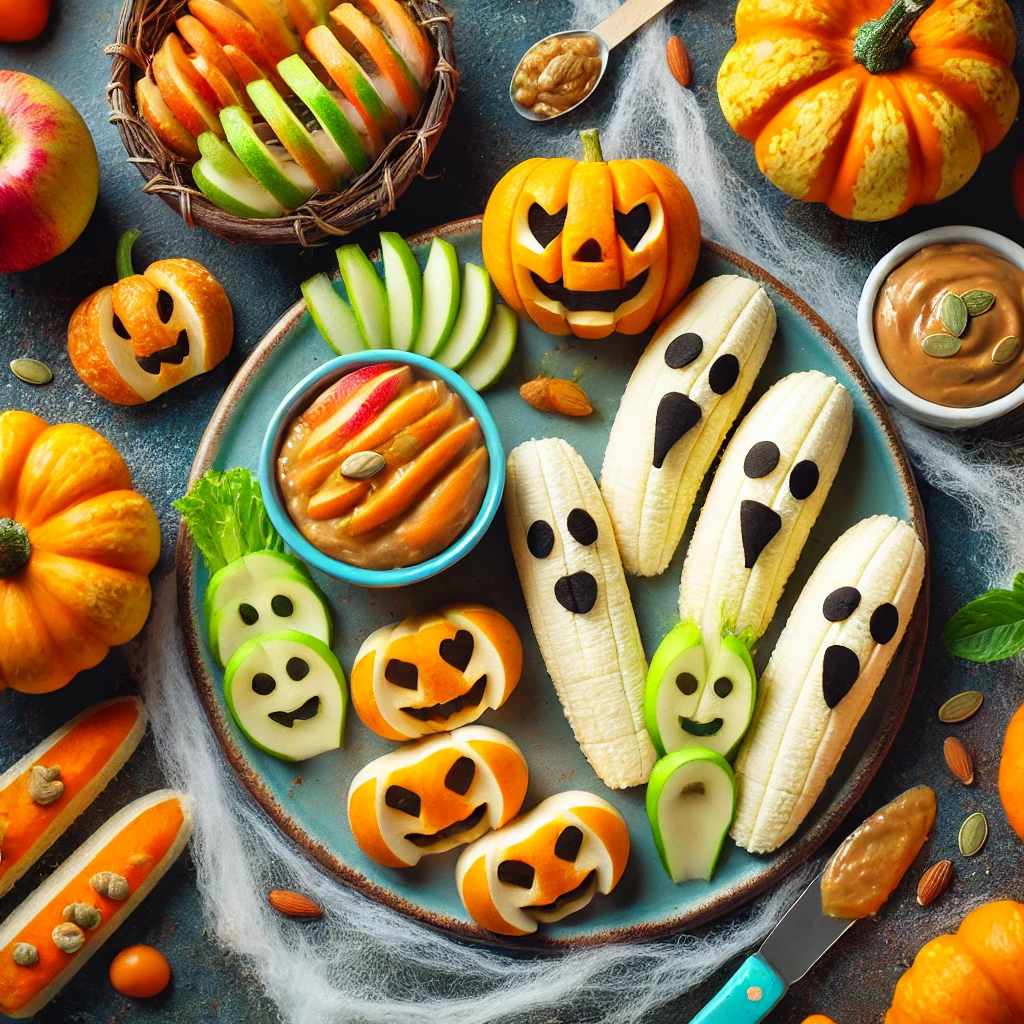
Fruit skewers offer another creative avenue to explore. Skewering pieces of assorted fruits, such as melon balls, grapes, and bananas, can be turned into “monster” treats by adding edible eyes, which can be made from yogurt or small candies. Additionally, decorating these skewers with Halloween-themed napkins or spooky decorative items increases anticipation and curiosity among kids.
Utilizing yogurt as a dip can also augment the fun. Colorful yogurt cups topped with granola and spooky sprinkles can serve as nutritious alternatives to candy-filled treats. With an engaging presentation, such as ghostly yogurt cups adorned with chocolate chips for eyes, children are more likely to indulge in healthier options. By embedding creativity into the preparation of these Halloween snacks, parents can create an enjoyable atmosphere that promotes healthier eating habits while maintaining the festive spirit of Halloween.
Sugar Substitutes: Making Better Choices
As parents seek healthier alternatives for their children’s Halloween treats, understanding sugar substitutes becomes essential. Several natural options provide sweetness without the drawbacks of refined sugar. Among these, honey stands out as a popular choice. Known for its distinct flavor, honey offers antioxidants and has beneficial properties. However, it is important to note that honey is not suitable for children under one year due to the risk of botulism. When substituting sugar with honey, a good rule of thumb is to reduce the amount of liquid in the recipe by 1/4 cup for every cup of honey used.
Maple syrup is another excellent sugar substitute, known for its unique, rich flavor. It is lower on the glycemic index compared to table sugar, making it a more favorable option for maintaining steady energy levels. Recipes can typically be adjusted by using a 3/4 cup of maple syrup in place of one cup of sugar, while also reducing other liquids slightly to maintain texture.
Agave nectar, derived from the agave plant, is sweeter than sugar and has a low glycemic index. This makes it appealing for those seeking to manage blood sugar levels. However, it is important to use it sparingly due to its high fructose content, which may have other health implications. To incorporate agave nectar into recipes, consider using a 2/3 cup in place of one cup of sugar, again adjusting other liquids accordingly.
Stevia, derived from the leaves of the Stevia rebaudiana plant, presents a calorie-free alternative. It is significantly sweeter than sugar, so only a small amount is needed. When using stevia, follow the specific conversion ratios according to the product, as they can vary. This versatility allows for creative Halloween recipes that satisfy sweet cravings without excessive sugar intake. Exploring these substitutes not only fosters healthier diets for children but also keeps the festive spirit of Halloween alive.
Storing and Sharing Healthy Treats: Tips for Parents
When it comes to the storage and sharing of healthy Halloween treats, it is essential for parents to prioritize both safety and appeal. The way healthy snacks are presented can significantly influence children’s acceptance and enjoyment. Creativity in presentation can make nutritious options more enticing, so consider using colorful packaging or fun containers that resonate with the Halloween theme, such as pumpkin-shaped bags or ghostly wrappers that will catch children’s eyes.
Portion control is another critical aspect of serving healthy treats. It is advisable to prepare individual servings to prevent overindulgence. This can be achieved by packaging portions into small bags or containers. By setting portion sizes, parents can ensure that children enjoy their snacks while keeping the treats balanced and mindful. This approach minimizes the temptation to consume excessive amounts, aligning with the goal of maintaining a healthy diet even during festive occasions like Halloween.
Safety in sharing is particularly important, especially if children plan to take these treats to school or share them with friends at Halloween parties. Parents should always ensure that the healthy snacks they send with their children are free from common allergens, and it might be prudent to include ingredient labels to inform other parents and kids of what’s inside. Additionally, consider labeling the healthy alternatives clearly to differentiate them from traditional sugary snacks. Clear labeling can assist in avoiding confusion and ensure that kids understand that these treats are a healthier choice.
By embracing these strategies for storing and sharing healthy Halloween treats, parents can encourage children to make better snacking decisions while allowing them to partake in the festive spirit of the holiday. These efforts will contribute to a happier and healthier Halloween experience for all.
Encouraging Kids to Embrace Healthy Choices Year-Round
Creating a lasting appreciation for healthy eating habits in children requires a deliberate and consistent approach. It begins with open discussions about nutrition, where parents can explain the benefits of choosing healthier snacks and meals. By utilizing engaging conversations, parents can frame healthy eating positively, highlighting how food choices fuel their bodies for activity and play. For instance, discussing the energy-boosting properties of fruits and vegetables in comparison to sugar-laden treats can help children appreciate the value of nutritious foods.
Involvement in meal preparation is another effective strategy to encourage kids to embrace healthier choices. When children participate in the cooking process, from selecting ingredients to preparing meals, they develop a sense of accomplishment and ownership over their food choices. This engagement not only fosters a connection to healthy eating but also educates children about how to make nutritious meals at home. Parents can organize fun cooking nights that feature healthy recipes, allowing kids to explore different flavors and textures of whole foods.
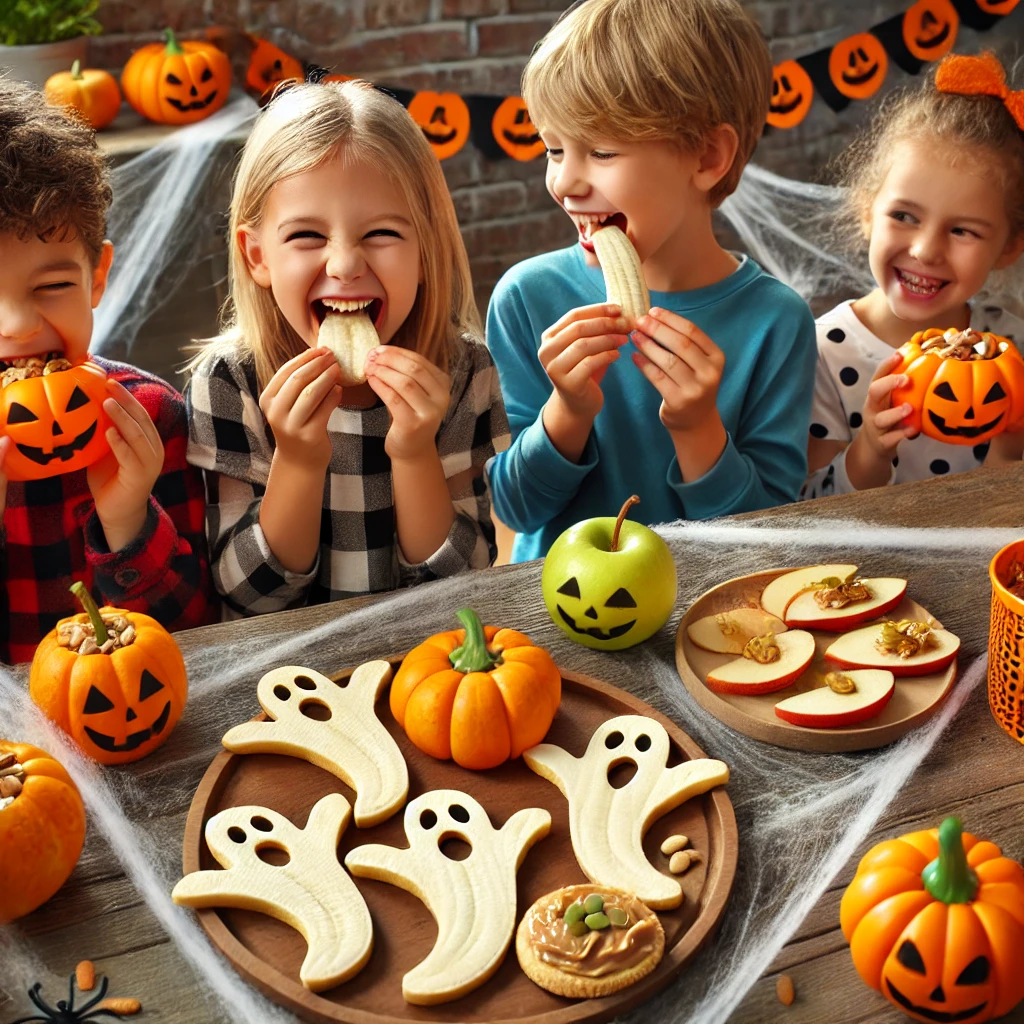
Additionally, celebrating healthy choices can further strengthen these habits. By acknowledging and rewarding kids for opting for nutritious snacks over sugary alternatives, parents can reinforce positive behaviors. Simple celebrations or rewarding them with a fun outing or activity can be powerful motivators. Integrating healthy food can also extend beyond mealtime—consider having healthy snack stations at home or participating in family activity days that involve cooking and enjoying nutritious treats together.
As parents guide their children through the Halloween season and beyond, instilling these strategies not only enhances their dietary habits but sets the groundwork for a lifelong relationship with healthy eating. Embracing these practices creates an environment where children can thrive with a balanced diet throughout the year.

